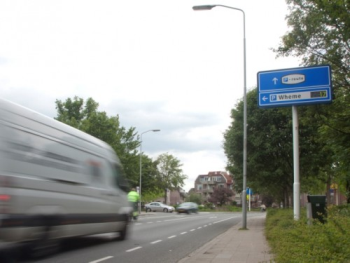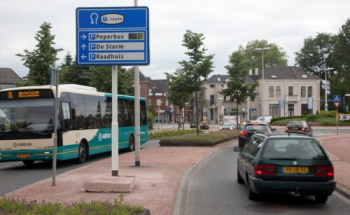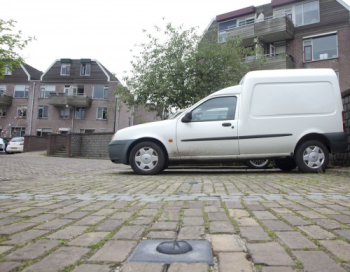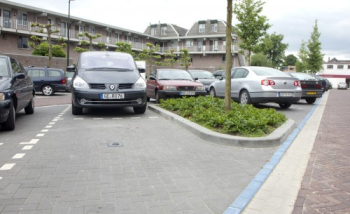Dutch city takes initiative to reduce search traffic with Nedap SENSIT

The Dutch city of Winterswijk suffers from parking congestion and reduced accessibility during peak hours. Its plan to resolve this problem involves the use of wireless in-ground sensors that provide a real time overview of parking occupancy based on vehicle presence within each individual parking space.
Parking situation study
Two or three years ago the Winterswijk local council asked Keypoint to conduct a study to investigate the parking situation, as this municipality, like others, suffers from parking congestion and reduced accessibility during peak hours. Winterswijk is a small city, but is flooded with German visitors during the weekend. The parking situation involves many small surface lots that fill up quickly. This results in an increase in search traffic which leads to congestion, which is a nuisance for the surrounding residential neighbourhoods and has a negative impact on the quality of life for those who live there.


Suitable solution
Keypoint began searching for a solution that would be suitable for Winterswijk and arrived at Nedap SENSIT, a system that utilises wireless in-ground sensors to provide a real-time overview of parking occupancy based on vehicle presence within each individual parking space. “The construction of extra parking facilities for just the peak times would not be cost-effective, so better utilisation of the current facilities was the best option,” explains Koen Hobbelink of system supplier Nedap AVI. “In collaboration with road sign manufacturer Agmi we are installing routing signs in the city that show the number of available parking spaces in the surface lots and ‘blue zone’ street parking spots.” Once the in-ground sensors and routing signs are installed, visitors are first directed to the large parking area on the outskirts of the city centre with space for around 500 vehicles. Once full, drivers are directed to three smaller surface lots via dynamic roadside signs. In the future, the parking information can also be provided via in-car systems and smartphones. The system is expected to be operational in June 2012, initially for 180 parking spaces at two locations.


Getting to grips with search traffic and capacity utilization
“Sensit can not only eliminate search traffic, but also provide excellent insight into capacity utilization. The Winterswijk local council will have real-time information about the capacity utilization at each parking area as well as historical data. The same is true for parking duration,” says Hobbelink. “This means that quantitative analyses can be conducted, for the benefit of both the residents and visitors. Measurement means that well-founded decisions can be made on the matters of parking and accessibility, while avoiding the necessity for huge investments.” Leo de Jong of Keypoint: “Because this is the first time this system has been used in the public domain, pre- and post-measurements and surveys will be performed during the start-up period to determine just how well the sensors work. We expect to have the initial results soon. If they are positive, we will scale up the implementation.”





Comments
There are no comments yet for this item
Join the discussion